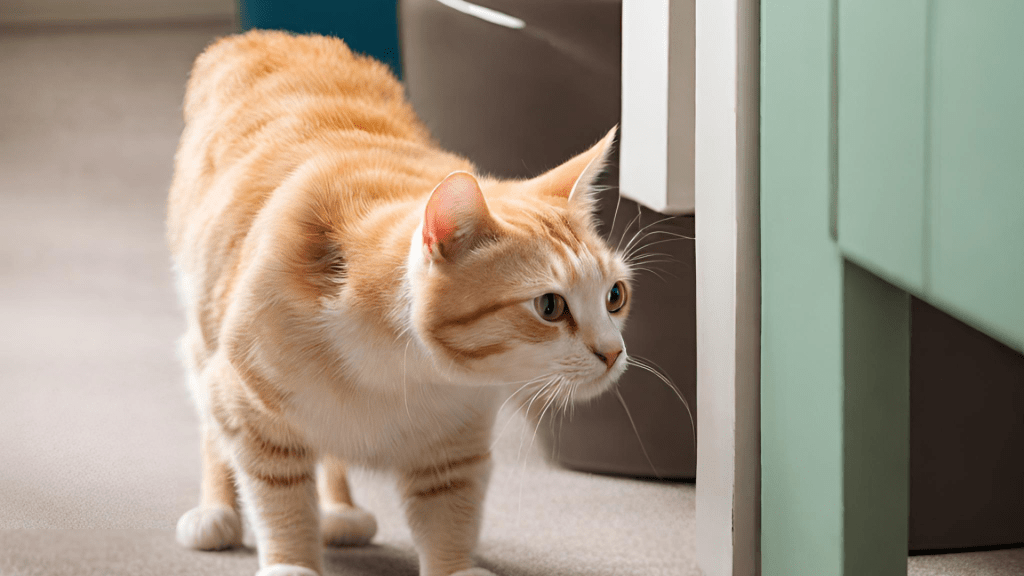
If you own a cat, there’s a high chance that your cat will get worms. It would be quite surprising if a cat never got worms throughout its life.
Whether a cat stays inside or goes outdoors, it can still get worms. The risk depends on the kind of worm, but usually, cats catch worms by touching fleas, eggs, or dirty poop.
Types of Worms in Cats
The most common types of worms in cats are:
- Tapeworms
- Hookworms
- Roundworms
- Whipworms
Several less frequently diagnosed worms in cats can lead to severe health issues and may even result in death.
- Lungworms
- Bladder worms
- Stomach worms
- Heartworms
- Liver flukes
Related: Can I Get Worms from My Cat Sleeping in My Bed?
Symptoms of Worms in Cats
Certain signs associated with intestinal parasite infections are quite nonspecific, and adult cats infected with worms may not exhibit any clinical symptoms at all. However, the following are some common signs to watch for:
- Vomiting (sometimes with worms in the vomit)
- Tarry feces
- Distended abdomen
- Diarrhea (with or without blood)
- Generally poor body condition and a dull coat
- Weight loss
- Skin lesions
As infestations become more severe and symptoms advance, you may observe signs such as:
- Dehydration
- Weakness
- Shock
- Low blood pressure
- Death, in the most severe cases
- Pale lips and gums due to anemia
Fleas serve as carriers for tapeworm eggs. If a flea lands on your cat, there is a possibility that the cat may ingest the flea inadvertently while grooming or scratching itself. If the cat consumes a flea, the pet will likely contract a tapeworm infection.
Another common means for a cat to acquire worms is through indirect contact. Even if your cat is strictly indoors, there remains a significant likelihood that household members move in and out regularly. The presence of a dog within the household could also reintroduce parasites such as roundworms following outdoor activities like walks or playdates.
Microscopic eggs of worms can remain inactive for extended periods, making it feasible for them to be transported indoors via clothing and footwear. Total avoidance of these parasites when outdoors is not feasible. However, the risk of contamination can be minimized by either removing or cleaning footwear before entering the house. Additionally, the presence of potted plants indoors poses another potential route for worm infestation. Bags of potting soil may contain parasite eggs, and if an indoor cat interacts with the soil by walking or digging in it, there is a possibility of grooming its paws and ingesting an egg inadvertently.

Christina Donnelly is a writer, editor, and animal welfare advocate who loves to spread cheer in the form of cute animal photos and interesting animal facts.
Christina has worked in digital media for over a decade. Her current 9-to-5 is with Anthem Health, where she works as a content lead.
- Title: Writer
- Education: Marist College
- Location: Brooklyn, New York
- Expertise: Cats





